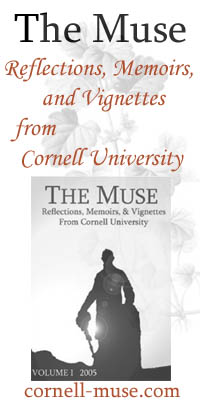Inside HigherEd recently is running an interesting story on the growing endowment arms race taking place at research universities around the country:
More mega-campaigns are on the way: Cornell University will announce one within weeks, the University of Pennsylvania in a year, and Harvard University some time after it picks a new president. People familiar with early planning for Harvard’s campaign expect its goal to top $5 billion.
It includes an interesting antecdote on the quantity and size of gifts these colleges plan on receiving:
At the University of Virginia, Bob Sweeney, senior vice president for development and public affairs, said that he expects a total of 500,000 gifts from about 175,000 donors during the course of the campaign. The campaign’s plan to reach its targets is based on generating more than 600 gifts of at least $1 million. And of those 600 gifts, 133 will have to be in excess of $5 million and 2 in excess of $100 million. Looking broadly, he predicted that about 1,500 gifts of at least $100,000 will generate 90 percent of the campaign’s dollars.
So Cornell should only be cozying up with the rich and famous, and not little ol' me who can only afford to donate $50 bucks back to the Hill, lest I encroach on my beer money. Right?
Wrong:
John Lippincott, president of the Council for Advancement and Support of Education says: “What you can’t know is who that 10 percent [of major donors] is going to be from the recent graduating classes, and if you are not stewarding the alumni who are out five years and encouraging them to make those $25 gifts, you are less likely to see them emerge” later as major donors, should they become wealthy.
If you invest in the small-time donors today, they will turn into the big time donors of tomorrow. But only if they have reason to like you.
A free magazine would be a small gesture and a noble start.


